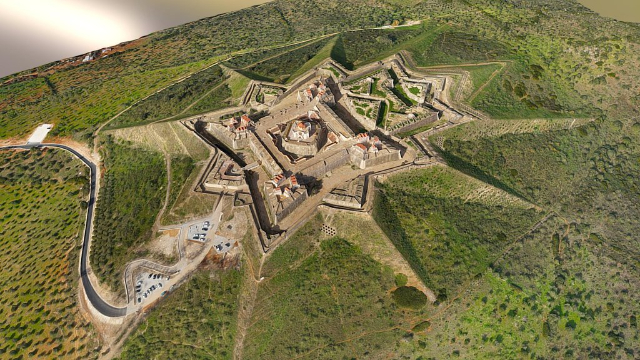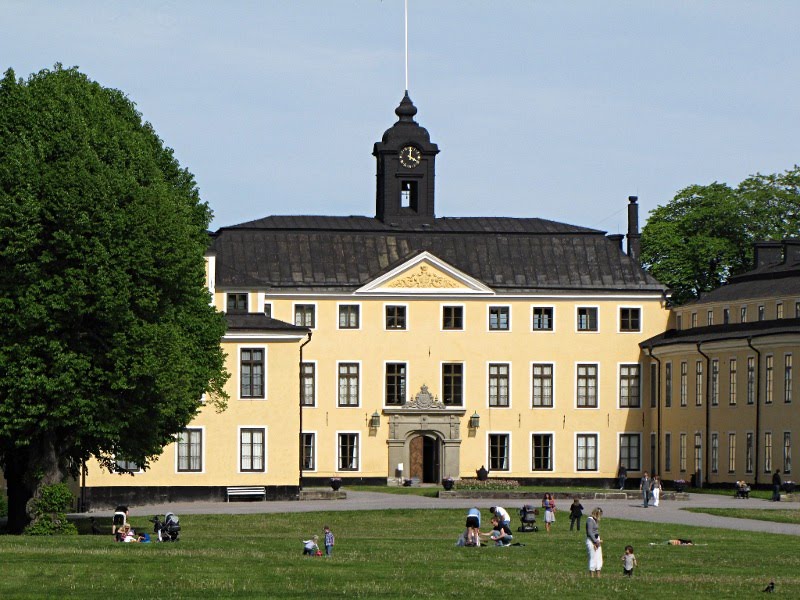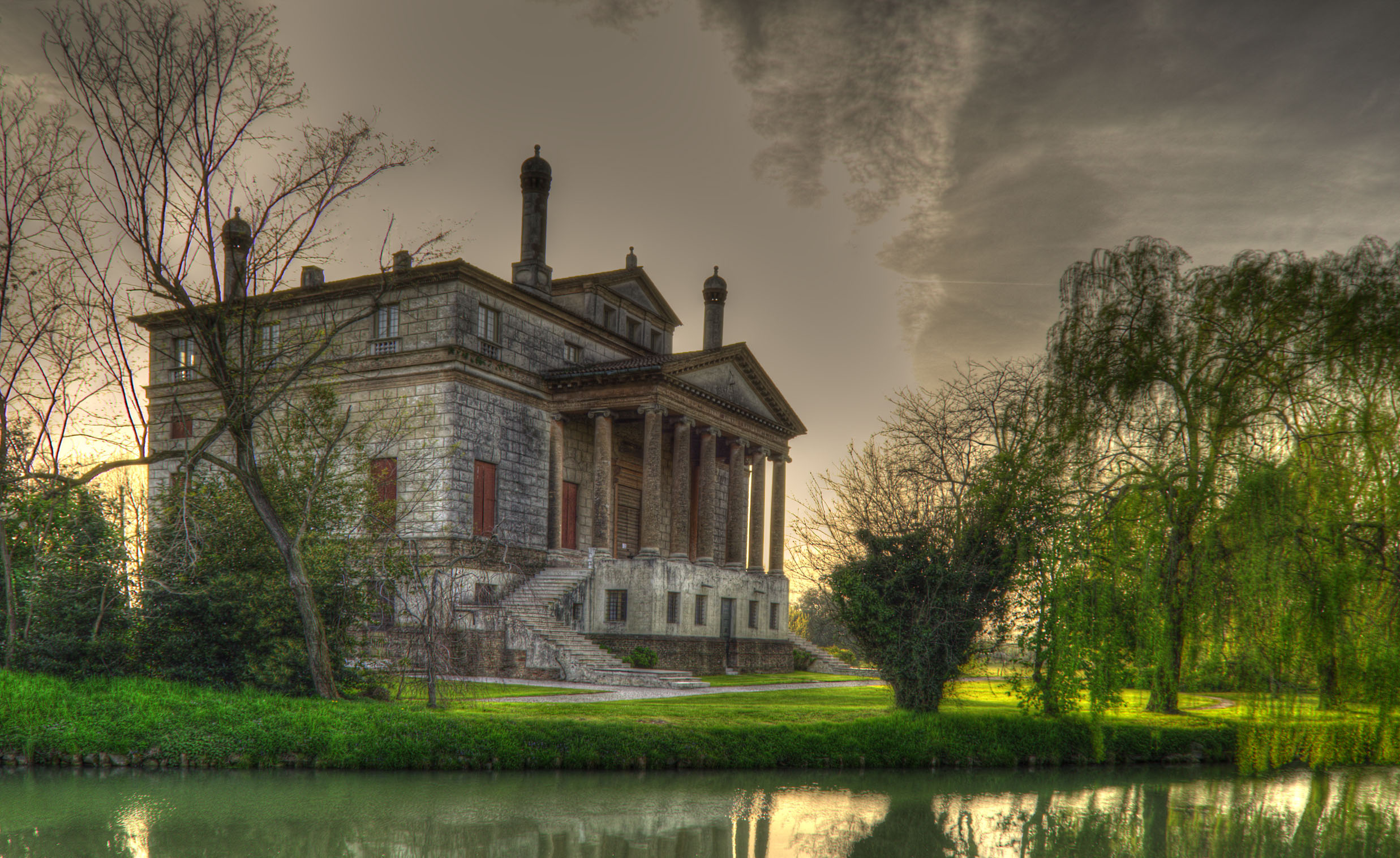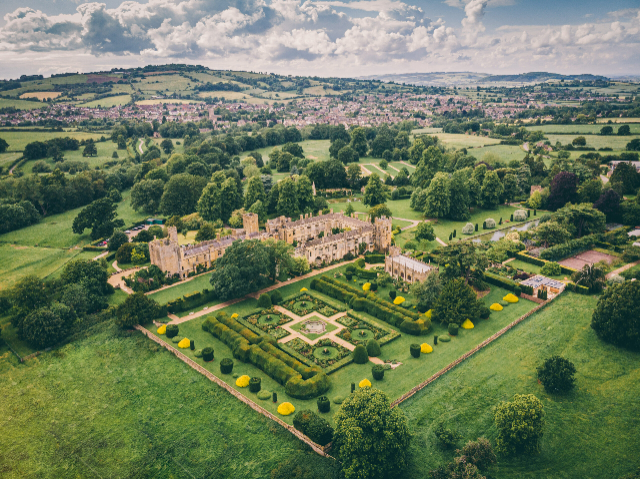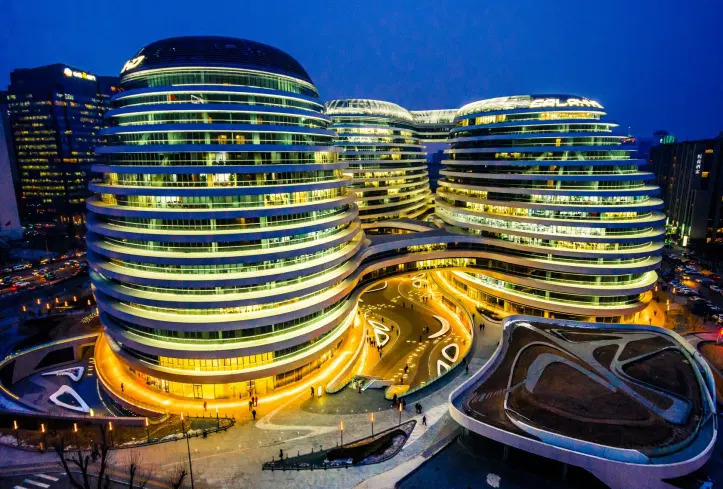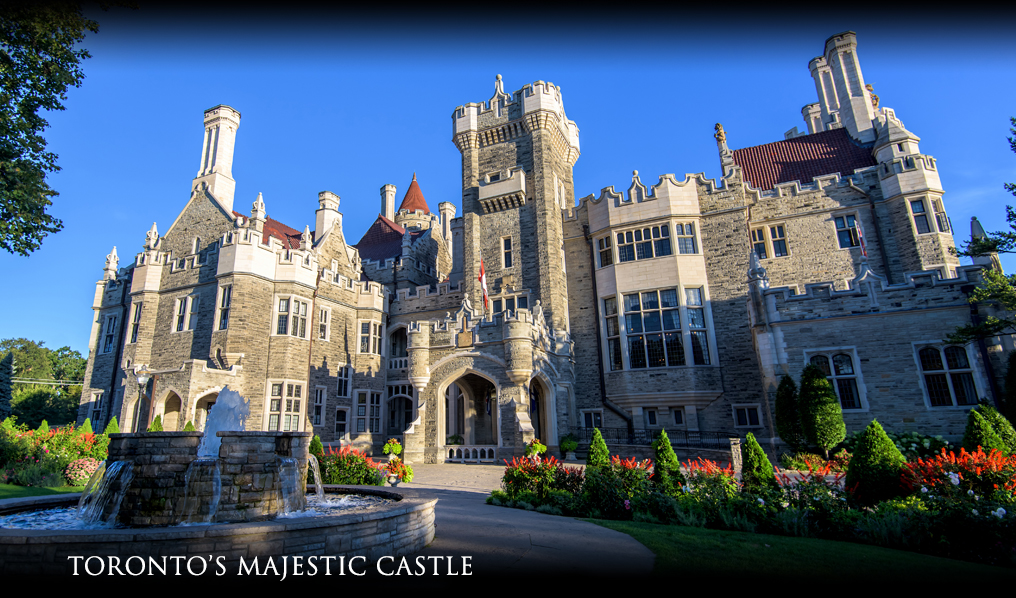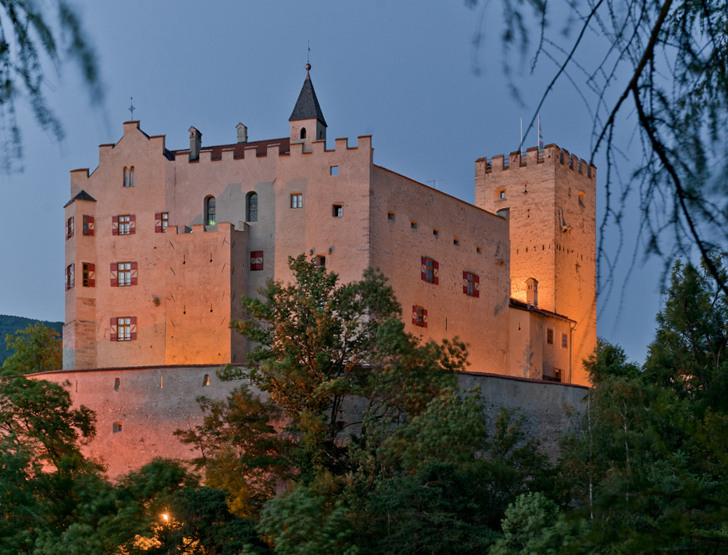Perched on a prominent hill to the north, the Forte de Nossa Senhora da Graça, also known as the Forte de Lippe, is a splendid and monumental construction that graces the landscape of Elvas. It stands as a remarkable exemplar of 18th-century military architecture and is often regarded by historians as one of the world’s most formidable bastioned fortresses. What sets the Forte da Graça apart is not only its scale but also its ingenious design and strategic location.
Throughout its history, this elevated site has held significant importance. In the 15th century, it was home to the small hermitage of Santa Maria da Graça, famously reconstructed by Vasco da Gama’s great-grandmother. During the Portuguese Restoration War in 1658, the Spanish even erected a redoubt here to launch attacks on the city of Elvas.
The monumental task of constructing this fortress began in 1763 under the supervision of Wilhelm, Count of Schaumbourg-Lippe, who had been entrusted by King D. José with the restructuring of the Portuguese army. Initially, Engineer Éttiene was appointed to oversee the project, later replaced by Colonel Guillaume Louis Antoine de Valleré. The immense construction project was not completed until 1792.
The Forte da Graça consists of three distinct sections: the outer works, the central body, and the central redoubt. Its architectural style aligns with the Vauban typology, characterized by four bastions surrounding a magnificent main gate situated along the southern curtain wall.
In 1856, as the nature of warfare evolved, the fortress took on new roles. It became the site of a correctional company and, in 1894, a disciplinary depot where numerous political prisoners were held, spanning from the era of the 1st Republic to the year 1974.
Today, the Forte de Nossa Senhora da Graça stands not only as a testament to its historical significance but also as a striking example of military architecture, preserving the memory of a bygone era.”
This integrated text provides a comprehensive description of the Forte de Nossa Senhora da Graça, blending historical context with architectural significance.

